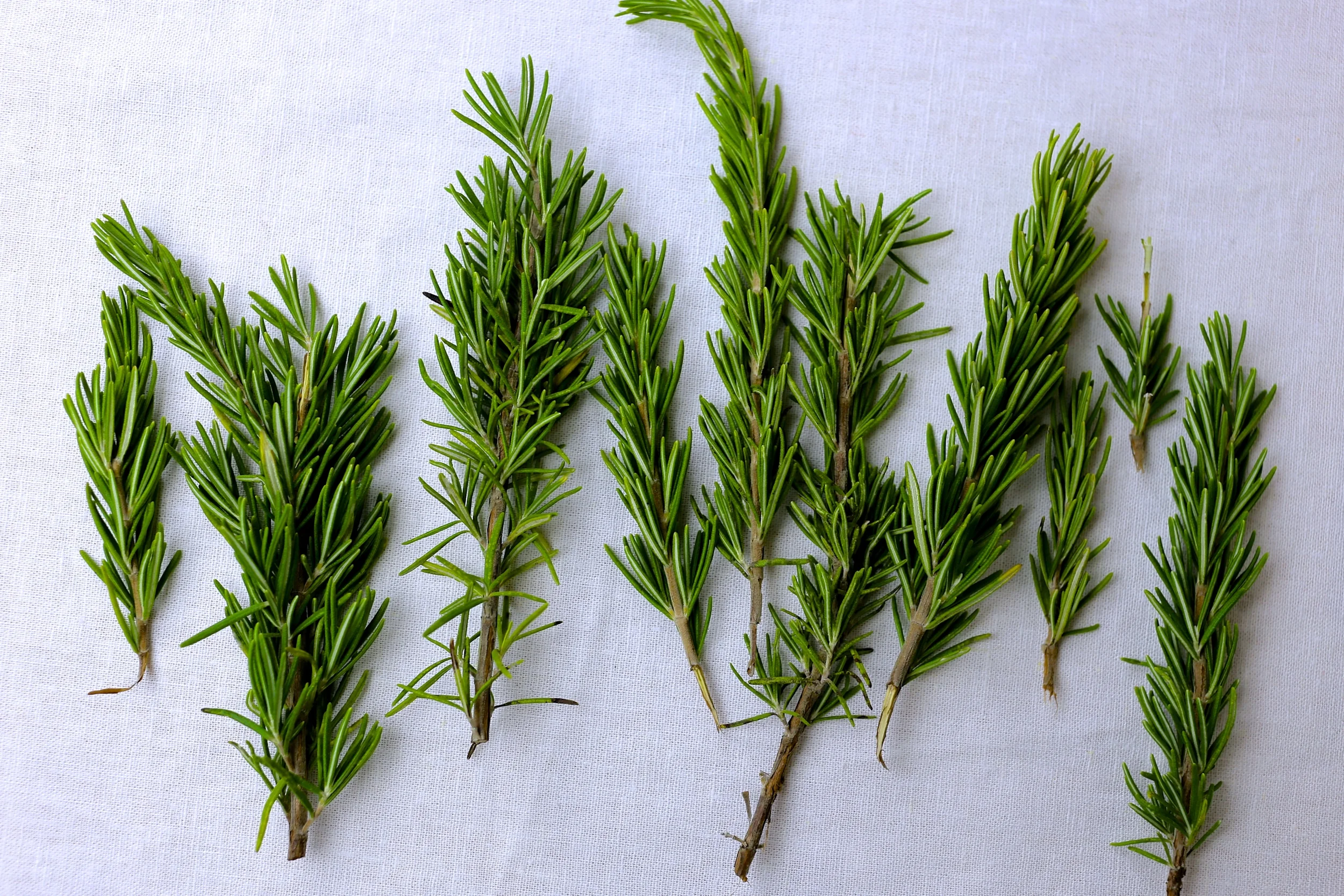Organic Produce: The Down and Dirty of it
I’m a huge proponent of organic, well grown foods. But I know grocery costs can easily add up, and as much as we’d all love to buy everything organic, grass-fed, nonGMO, locally sourced, and... deep breath… let’s just relax and do our best. And part of that is knowing how to prioritize fruits and veggies in terms of how likely they are to carry pesticides. Below are a couple helpful lists I found on EWG.org. It’s an informative site, good for info on all sorts of environmental issues, including sorting things out in the produce aisle.
The Clean Fifteen™ is a list of produce least likely to hold pesticide residues.
“Multiple pesticide residues are extremely rare on Clean Fifteen™ vegetables. Only 5.5 percent of Clean Fifteen™ samples had two or more pesticides.”
- Avocados
- Sweet corn
- Pineapples
- Cabbage
- Frozen sweet peas
- Onions
- Asparagus
- Mangos
- Papayas
- Kiwi
- Eggplant
- Grapefruit
- Cantaloupe
- Cauliflower
- Sweet potatoes
Sources and for more reading: 1, 2
The Dirty Dozen™(plus 2) is a list of produce with the “highest pesticide load,” in other words, these fruits and vegetables are most likely to hold pesticide residue.
- Apples
- Peaches
- Nectarines
- Strawberries
- Grapes
- Celery
- Spinach
- Sweet bell peppers
- Cucumber
- Cherry tomatoes
- Imported snap peas
- Potatoes
- Hot peppers
- Kale/collard greens
